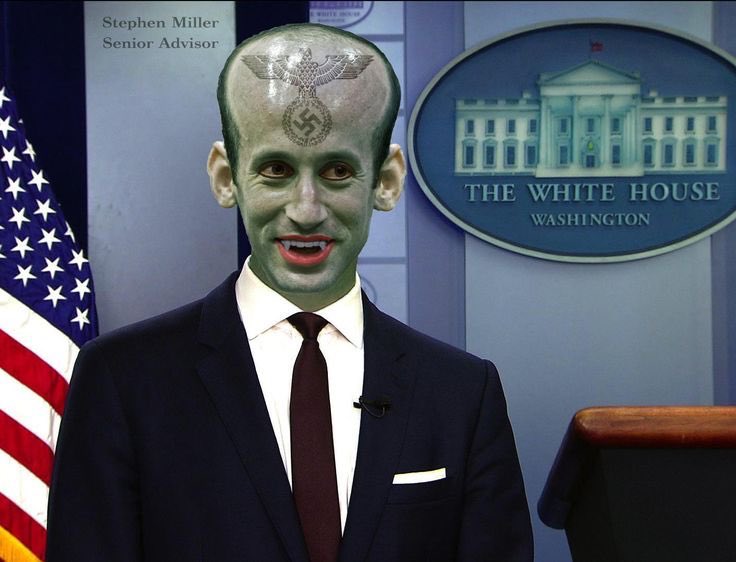Creative Speculation
Related: About this forumEarly Ideas About Extraterrestrial Life: What Might Inhabitants from Other Planets Look Like?
The Christian Church attempted to censor Galileo’s findings in the first decades of the 17th century, but it was a time of expanding knowledge, so it did not take very long for the information to get out. When Galileo’s observation became widely known, people started wondering if these other worlds were like our own. Did life exist on them? Did people live there? Even the Church finally decided that such speculation was not blasphemous. As the truth of the plurality of worlds became accepted, it was assumed that God would never knowingly create a world for no reason.
It was decided that if other worlds in space did exist, their only purpose could be to provide a home to humanlike creatures. As Thomas Burnet asked in his book The Sacred Theory of the Earth (1681): God himself formed the Earth . . . he formed it to be inhabited. This is true, both of the Earth and of every habitable World whatsoever. For to what purpose is it made habitable, if not to be inhabited? We do not build houses that they should stand empty, but look out for Tenants as fast as we can.
It did not take long before several books were published speculating about what sort of life might exist on the planets. Some authors assumed that any sentient life existing on the other planets would necessarily have to be humanlike. Other authors took a looser definition of what constituted “human”, with the idea that what was most important was the quality and nature of the mind, not the form of the shell that bore it.
As the 17th century progressed, the concept that the planets were not only inhabitable but inhabited was taken for granted. In 1656 the Jesuit priest and writer Athanasius Kircher, sent the hero of The Ecstatic Journey touring the heavens with an angel as his guide. In the course of these journeys through the celestial world, the Moon was actually found to be quite habitable, with a varied terrain that included mountains, oceans, lakes, islands and rivers. In Paradise Lost (1667), John Milton has the angel Raphael and Adam discussing the possibility of life on other worlds, including the Moon.
https://www.ancient-origins.net/unexplained-phenomena/early-ideas-about-extraterrestrial-021720
exboyfil
(18,000 posts)I have been working on a science fiction story in which a planet totally covered by oceans develop a technological race. Spiders and insects are able to produce silk. Shellfish are able to produce shells. I am considering a species that can make more sophisticated objects with biology.
Binkie The Clown
(7,911 posts)
WHITT
(2,868 posts)
Trueblue1968
(18,119 posts)milestogo
(17,833 posts)Everyone is so sure that there is nothing new to be learned from the universe.